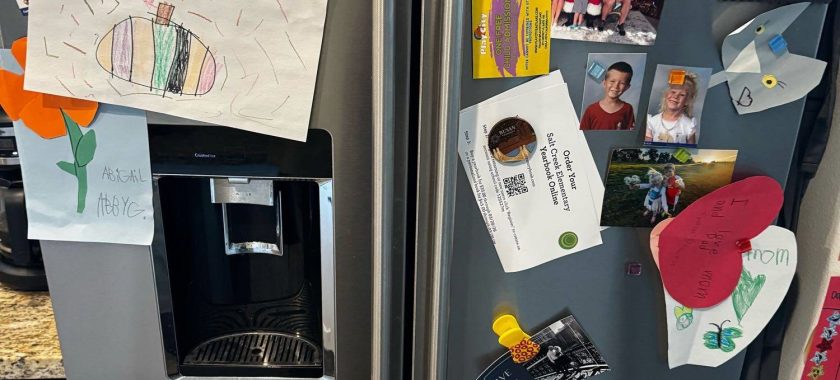A working water dispenser is one of the most convenient features of modern refrigerators. It gives you quick access to cold, filtered water without opening the door, reducing energy loss and making daily hydration effortless. However, when the dispenser suddenly stops dispensing water or only produces a weak trickle, it becomes both frustrating and disruptive. In most cases, the issue can be traced to two common culprits: a frozen water line or a faulty water inlet valve. Understanding how these components function and why they fail can help you identify the problem early and restore your refrigerator’s performance.
Frozen Water Line: A Hidden but Common Issue
The water line feeding the dispenser runs through the fridge door or internal compartments. Under normal conditions, it is insulated well enough to prevent freezing. But temperature fluctuations inside the refrigerator—especially around the freezer section—can cause the water inside the tubing to solidify. When this happens, the dispenser either trickles water slowly or stops completely.
Why the Water Line Freezes
Several factors contribute to this problem:
- The freezer temperature is set too low.
- Airflow inside the refrigerator is restricted.
- The refrigerator door is not sealing properly, causing cold air leaks.
- Ice buildup in the freezer compartment affects internal tubing.
- The fridge is positioned in an especially cold room, such as a garage in winter.
In some models, water lines pass very close to cold evaporator coils. A sudden drop in temperature can cool the tubing enough to form ice. If you’ve noticed inconsistent temperatures, food freezing in the fresh-food section, or frost on the back wall of the freezer, these are important clues that your water dispenser problem may be related to airflow issues or thermostat errors.
How to Recognize a Frozen Water Line
Typical symptoms include:
- The dispenser hums, but no water comes out.
- The ice maker still works, but the water dispenser does not.
- Water pressure is normal in the home plumbing but weak at the dispenser.
- You can feel a cold spot on the freezer door interior.
Some homeowners try using a hair dryer on the door to thaw the line. While this may temporarily fix the issue, repeated freezing indicates a deeper problem with the refrigerator’s cooling balance, door gasket, or thermostat calibration.
Faulty Water Inlet Valve: A Mechanical Failure
The water inlet valve controls the flow of water into the refrigerator from your home’s plumbing. When it fails, the dispenser cannot draw water even if the water line is clear and functional.
Causes of Inlet Valve Failure
A damaged inlet valve can result from:
- Mineral buildup or sediment from hard water
- Electrical malfunction in the valve coil
- General wear and tear from long-term use
- A kinked or clogged water supply line
- Low water pressure entering the refrigerator
If the valve does not open properly, water will not reach the dispenser or the icemaker. In some cases, the valve partially fails, allowing the icemaker to function while the dispenser remains dry—this makes diagnosing the issue more complicated without professional tools.
Signs of a Faulty Inlet Valve
You may notice:
- A buzzing sound when pressing the dispenser but no water comes out
- The ice maker producing hollow or undersized cubes
- Visible corrosion on the valve assembly
- Water leaking behind or under the refrigerator
- Sudden drop in water flow regardless of temperature settings
Replacing the valve is usually the best solution, but it requires proper tools and knowledge of electrical safety. Incorrect installation can lead to leaks, flooding, or damage to internal electrical components.
Why You Should Avoid DIY Repairs
Although online tutorials may make repairs seem simple, a refrigerator water system is more complex than it looks. Trying to thaw a water line incorrectly can damage the door insulation or internal wiring. Replacing an inlet valve without shutting off the water supply properly can turn into a costly home incident. And ignoring recurring freezing issues can lead to compressor overload or long-term cooling imbalance.
Professional technicians use diagnostic tools to accurately test water pressure, valve integrity, electrical continuity, and temperature patterns inside the appliance. This prevents guesswork and ensures that the root cause—not just the symptom—is fixed.
If your refrigerator water dispenser has stopped working, don’t wait until the issue worsens or affects other components of your appliance. Whether it’s a frozen water line, a faulty inlet valve, or a deeper cooling problem, trained specialists can restore your fridge to proper operation quickly and safely.
Contact Chula Vista Appliance Repair Company today for reliable, fast, and professional refrigerator repair services. Keep your home appliances running smoothly with expert help whenever you need it.
Contact us
(619) 880-5508


